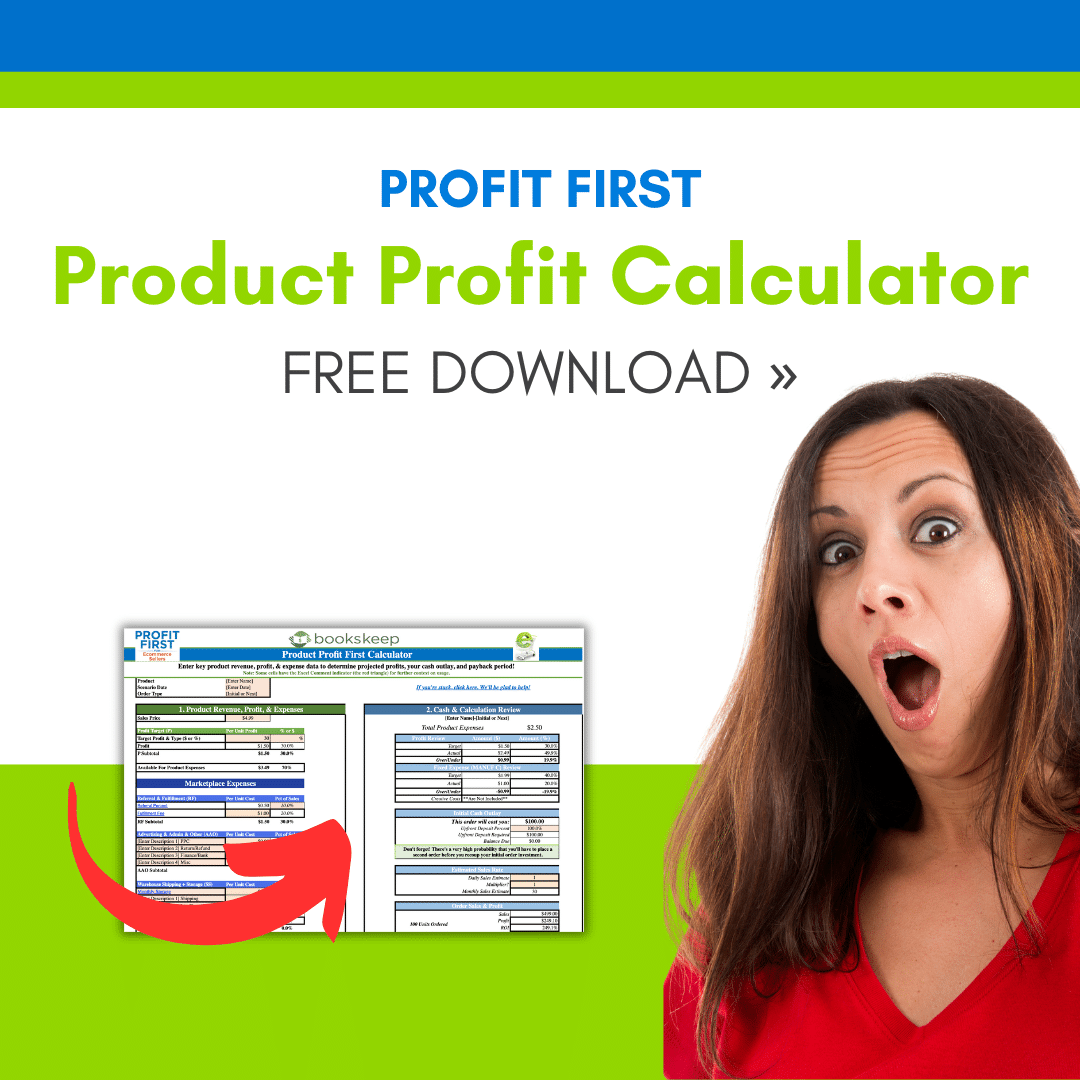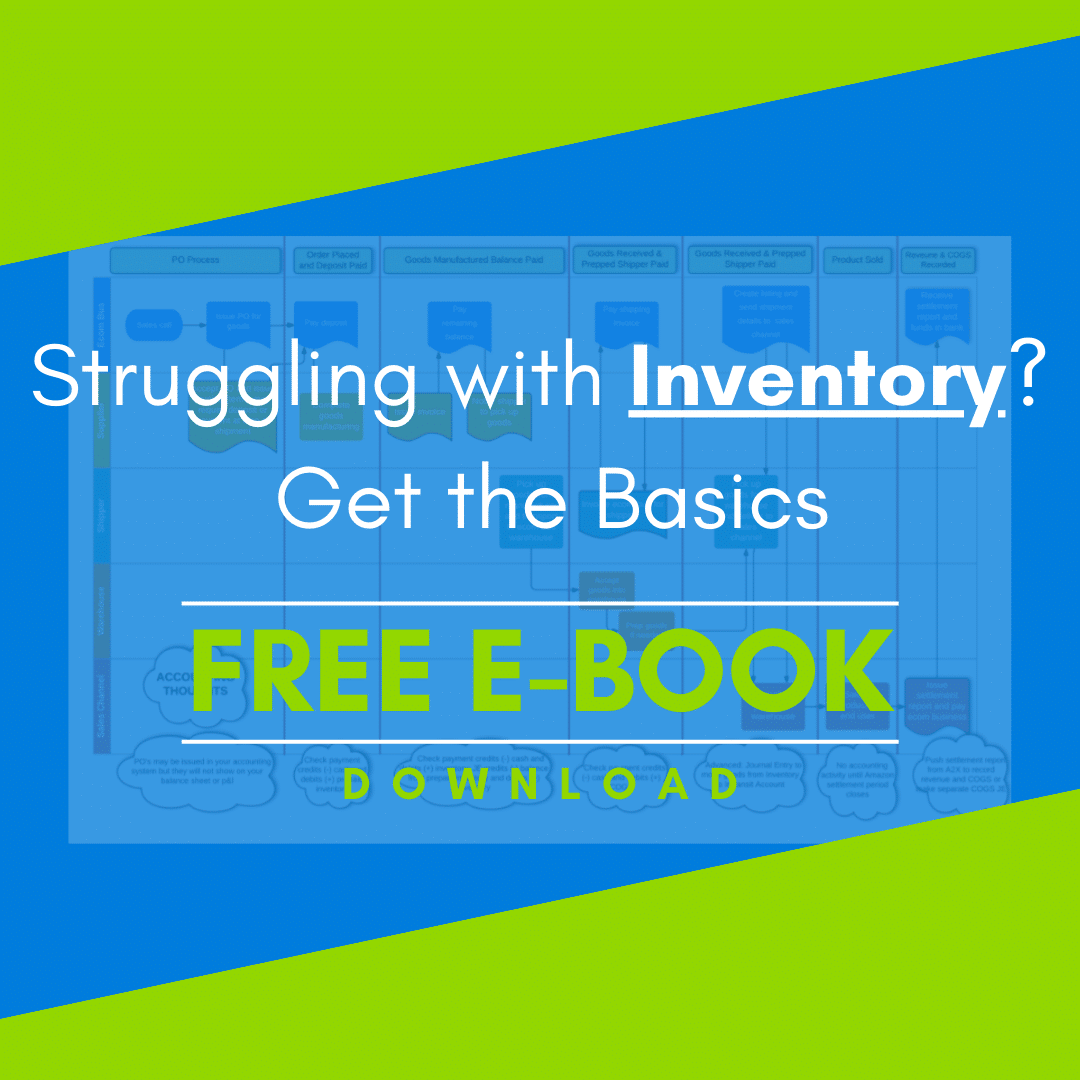
So, 2019 is a wrap. I’ve seen mixed reviews about the year on Facebook; everything from best sales ever to very lackluster results. At this point, you’re probably focusing on next steps. Let me suggest a few that I’ve seen help clients successfully prepare for the upcoming next year.
7 Profit First Steps for 2020
- Set aside any excess cash in a separate savings bank account for now.
Don’t pay off debt. Make minimum payments for this month while you get your strategy together. - Take time to do an After-action Review.
There are lots of resources on the internet for this process. A quick way to facilitate an After-action Review is by gathering the key players together, in a room or virtually, and going through the following questions.
– What was expected to happen?
– What actually occurred?
– What went well and why?
– What can be improved and how? - Determine what your year-end numbers are telling you.
Has something fundamentally shifted in your business model impacting your profitability? Is it temporary or a permanent shift? How will you need to adjust? Will it require cash? - Forecast the cost for taxes.
Make sure you have that money set aside. - Examine what you need to operate the business going forward.
Make a guesstimate for next year’s revenue by quarter. Make a forecast for next year’s operating expenses; look over those subscriptions and extra costs and get rid of them. Make a forecast for inventory purchases. If you’re launching a new product, forecast the costs and revenue. - Determine when you will need cash for the launch and how long it will take to begin making money.
We have a product profitability calculator that can help with that. You can get it here. Once you’ve got all this data collected, you can move on to the final step. - Decide what to do with the excess cash that I hope you banked in Q4.
Remember when I said earlier not to pay down that debt immediately? That’s because I want you to start thinking more long-term.Use Your Debt to Your Advantage
Debt needs to be a tool, and it needs to be managed. It feels really good to pay it off, but really bad when you have to turn around and borrow again. If you’re sitting on excess cash, based on the information you’ve prepared above, make a debt repayment plan.
I recommend picking the account with the smallest balance and paying it down first. Keep all other payments at a minimum balance level. As you pay off accounts, add those payment dollars to your next largest debt. This allows you to see progress quickly, and that reward keeps you going. It’s called the debt snowball effect.
If you don’t have debt to worry about, decide on your next biggest need for cash. Is it preparing for a new product launch? Funding your operating expenses during the slow season? Or do you need cash for a rainy-day fund?
If you’re preparing for a product launch, then set money aside in a savings account that you label product or market development. As you incur costs for this launch, move those savings into your business checking account.
If you’re going to need money to continue operations in your slow season, then move the extra cash into a Drip Account. A Drip Account is a savings account that you use to transfer money each month based on the shortfall between sales deposits and expenses. You need to ensure that there is enough there to cover the projected slow time. If not, then it’s time to cut back on expenses, or else debt is surely in your future.
If you’re needing to build up a rainy-day fund, then open a savings account and call it the Vault. This money will not be touched unless there is some major issue, like lost inventory or account suspension. In that event, you will need to move the money into the business checking account to help weather the storm.
Maybe you have all three needs. If so, then get serious about your gross margins. Your business is not optimized and may need major adjustments. Don’t be discouraged; get to work on the important things that can get you in the black.
Eye Chart Not Required for 2020 Vision
This time of year is the perfect time to take a few deep breaths and get close to your data. It’s not the time of year to spend money just because it’s there. You may not need an eye chart to plan your 2020 vision, but you do need a well-developed plan based on your numbers.




Leave a Comment